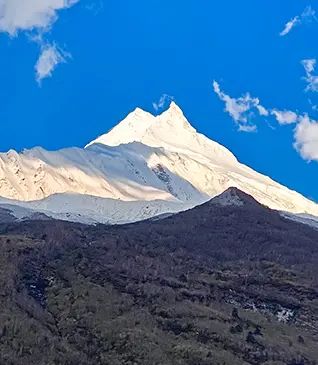Nestled amidst the Himalayan Ranges, Nepal provides an ample amount of trekking and mountaineering opportunities to adventure-loving souls. Among the many trekking trails, the Mera Peak Trek is a great opportunity to build your mountaineering skills. This mountain peak is a prominent one located in the Mahalangur Himal section of the Himalayas. It stands as a challenging trekking peak at an altitude of 6476 m (21247 ft). The peak has three primary summits – Mera North (6476 m), Mera Central (6461 m) and Mera South (6065 m) and also a smaller trekking summit.
.webp)
The interest towards exploring the Mera Peak region was first sparked in the 1950s after the successful expedition to Mt. Everest. The peak was climbed for the first time on May 20, 1953. The standard route to climb the peak is via the north face, however, it can also be climbed from the west and south faces. However, the latter two are more technically challenging routes. From the summit of the peak, you can see close-up views of 4 tallest mountains in the world — Mt. Everest (8848 m), Kanchenjunga (8586 m), Lhotse (8516 m) Cho Oyu (8201 m).
Mera Peak is a journey that will totally resonate with your adventurous spirit. At over 6000 m, it will test your physical and mental limits and at the same time let you experience the exhilaration of high-altitude trekking. You will get to experience the thrilling beauty of Nepal and the friendliness of its people. Visiting remote villages along the trail is an enticing aspect of the Mera Peak trek. You get the prospect of immersing yourself in the rich Sherpa culture, learning about their traditions, and gaining a deeper appreciation for their way of life.
Mera Peak Brief Itinerary
Day 1: Arrival in Kathmandu
You’ll arrive in Kathmandu and get settled in. This day is mainly for rest and preparing for the adventure ahead. You can explore the nearby places if time permits.
Day 2: Drive from Kathmandu to Ramechhap | Fly to Lukla
A scenic drive takes you to Ramechhap, followed by a short and thrilling flight to Lukla. You will stay the night here to start fresh the next day.
Day 3: Lukla to Chhuthang
The trek begins as you leave Lukla and walk through dense forests and small settlements to reach Chhuthang. It's a gentle start with peaceful surroundings.
Day 4: Chhuthang to Tuli Kharka via Zatrawala Pass
Today is a challenging day as you cross the Zatrawala Pass. You’ll get your first views of high Himalayan peaks before descending to Tuli Kharka.
Day 5: Tuli Kharka to Kothe
The trail takes you through beautiful forests and rivers. The walk is long but scenic, ending at the riverside village of Kothe.
Day 6: Kothe to Thangnak
The route follows the Hinku River, with stunning views of snow-covered peaks. Thangnak is a small but beautiful settlement surrounded by mountains.
Day 7: Thangnak to Khare
A gradual climb takes you to Khare, the last major stop before the base camp. The views get better as you gain altitude.
Day 8: Khare – Rest and Training
A rest day to adjust to the high altitude. You’ll also have a basic training session on using climbing gear and walking on snow.
Day 9: Khare to Mera Base Camp
You’ll leave Khare and trek on snow-covered trails to reach Mera Base Camp. The weather and altitude start to play a bigger role here.
Day 10: Mera Base Camp to Mera High Camp
A short but steep climb leads to Mera High Camp. From here, the views of Everest, Makalu, and other big peaks are just amazing.
Day 11: Summit Mera Peak and return to Khare
A long and tough day starts early in the morning to summit Mera Peak (6,476 m). After enjoying the top views, you descend back to Khare.
Day 12: Khare to Kothe
You’ll retrace your steps and descend to the lower altitude at Kothe. It’s a relaxing day after the summit.
Day 13: Kothe to Tuli Kharka
The trail goes through forests again as you return to Tuli Kharka. The walk is calm with views of the valley below.
Day 14: Tuli Kharka to Lukla via Zatrawala Pass
You’ll cross the Zatrawala Pass once more and make your way back to Lukla. It’s your final trekking day in the mountains.
Day 15: Flight from Lukla to Ramechhap | Drive to Kathmandu
You’ll take the morning flight from Lukla to Ramechhap and drive back to Kathmandu. It’s time to rest and celebrate your journey.
Day 16 & 17: Buffer Days
These extra days are kept for any delays due to weather or other reasons, especially for summit day or flights.
Local Culture and Interacting with the Sherpa Community
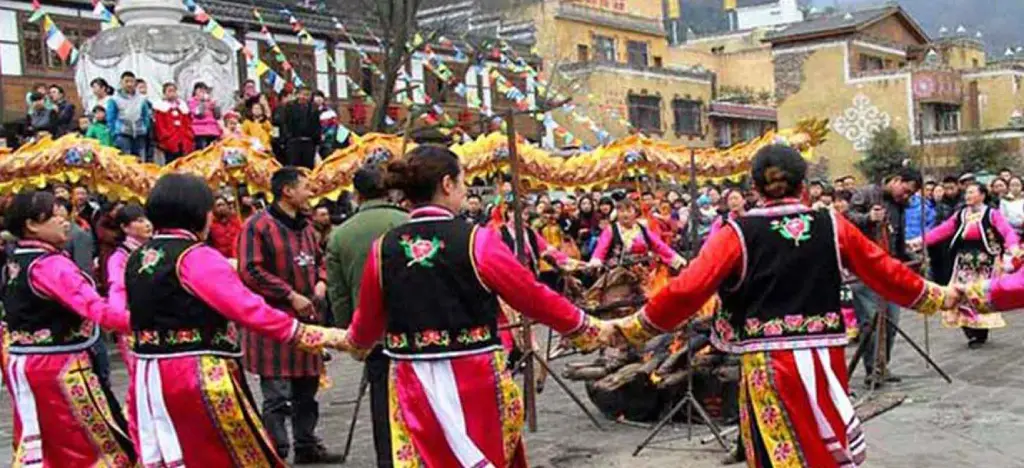
Interacting with the Sherpa community and immersing yourself in their rich culture is one of the most rewarding aspects of trekking to Mera Peak in Nepal. Sherpas are known for their warm and welcoming nature. As you trek through their villages, you'll often be greeted with friendly smiles and "Namaste" - a traditional Nepali greeting. Sherpas have a rich history of mountaineering and trekking. Share your own stories and experiences, and listen to theirs. They often have fascinating tales of adventures in the Himalayas.
Best Time for Mera Peak Trek
.webp)
The best trekking seasons for Mera Peak in Nepal are during the spring (April to June) and autumn (September to November). Each season offers distinct advantages and considerations for trekkers.
Spring (April to June)
- Spring is one of the most popular trekking seasons in Nepal. It offers stable weather conditions with clear skies, making it ideal for trekking and mountaineering.
- The trekking trails come alive with colorful rhododendron blooms, creating stunning landscapes.
- Temperatures are relatively moderate and comfortable during the day, although nights at higher altitudes can still be cold.
- Excellent visibility allows trekkers to enjoy panoramic mountain views, including the sights of Mera Peak and surrounding peaks.
Autumn (September to November)
- Autumn is another prime trekking season characterized by clear skies and stable weather. It's considered the best time for trekking in Nepal overall.
- Temperatures are pleasant, with warm daytime temperatures and cooler nights. The risk of precipitation is low.
- The landscapes are lush and vibrant due to the monsoon rains, making for beautiful scenery.
- Many trekkers choose this season for peak climbing as the conditions are ideal for mountaineering.
- Autumn coincides with various festivals in Nepal, offering trekkers a chance to immerse in local culture.
Packing Essentials for Mera Peak
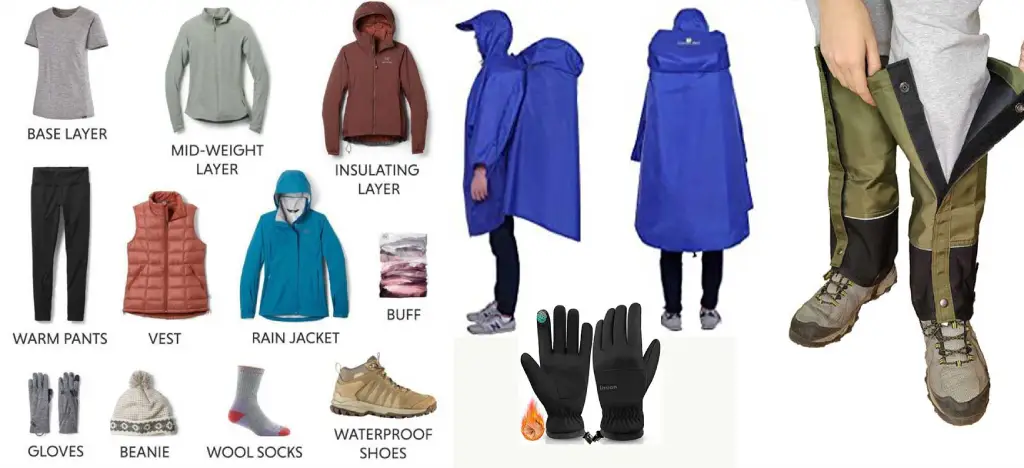
Clothing Layers for Varying Temperatures
- Moisture-wicking base layers (tops and bottoms).
- Insulating mid-layers (fleece or down jacket).
- Waterproof and windproof outer shell jacket and pants.
- Trekking pants and shorts.
- Long-sleeved trekking shirts.
- T-shirts and quick-dry short-sleeved shirts.
- Warm hat and sun hat.
- Lightweight gloves and warm, waterproof gloves.
- Thermal socks and liner socks.
- Gaiters (for keeping snow out of boots).
Essential Trekking Gear
- Sturdy trekking boots with good ankle support.
- Trekking poles.
- Backpack with rain cover.
- Headlamp with extra batteries.
- Sunglasses with UV protection.
- Buff or neck gaiter.
- Water bottle or hydration system (at least 2 litres capacity).
- Sleeping bag suitable for sub-zero temperatures.
- Sleeping pad (insulated for comfort).
- Duffel bag or large dry bag (for porters to carry extra gear).
- Locks and zip-lock bags (for organization and security).
Climbing Equipment
- Climbing harness.
- Crampons (compatible with your boots).
- Ice axe with leash.
- Helmet.
- Carabiners and slings.
Renting Gear
In Kathmandu or Lukla, there are numerous gear rental and purchase options. Thamel in Kathmandu is a hub for trekking gear shops. Rental is a cost-effective option for equipment like sleeping bags, trekking poles, and down jackets. Ensure rented gear fits well and is in good condition.
Physical Fitness and Training
Physical fitness is crucial for successfully completing the Mera Peak trek, as it involves long days of walking at varying altitudes and challenging terrain. Focusing on fitness helps improve your endurance, strength, and overall health, making you better equipped to cope with the physical demands of the trek.

- Before embarking on the trek, assess your current fitness level honestly. Consult with a healthcare professional if needed.
- Consider how your body reacts to high altitudes; if you've experienced altitude sickness before, take it into account.
- Altitude acclimatization is vital. The trek includes gradual ascents and acclimatization days to help your body adjust to reduced oxygen levels.
- Pay attention to your body's signals. If you experience symptoms of altitude sickness, such as headaches, nausea, or dizziness, communicate this to your guide.
- Be willing to adjust your pace, take additional rest days, or even descend if needed. Safety should always be the top priority.
Recommended Pre-Trek Fitness Training Routines
- Cardiovascular Fitness: Engage in aerobic exercises such as hiking, jogging, cycling, or swimming to improve your cardiovascular endurance. Aim for at least 30-60 minutes of moderate-intensity exercise most days of the week.
- Strength Training: Incorporate strength exercises like squats, lunges, push-ups, and planks to build muscle and improve stamina.
- Endurance Training: Go on long hikes or treks with a loaded backpack to simulate the conditions of the Mera Peak trek.
- Flexibility and Balance: Practice yoga or stretching exercises to improve flexibility and balance, which can be helpful on challenging terrain.
For those considering the epic adventure, Mera Peak Trek is a fantastic choice. The landscapes you'll encounter along the trek are nothing short of spectacular. From lush forests to pristine glaciers, the beauty of the Himalayas will leave you awestruck. Mera Peak will test your physical and mental limits, but remember, the greater the challenge, the sweeter the victory. With the right preparation and determination, you can conquer any obstacle! So dream big and reach for the skies – you can do it!
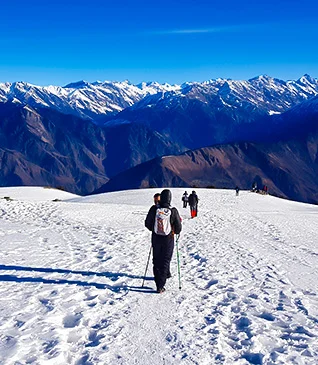
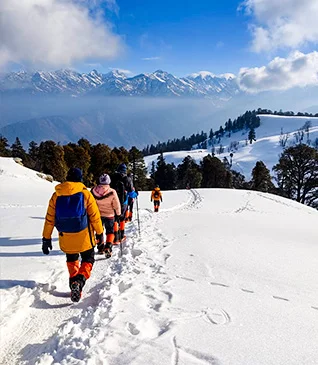
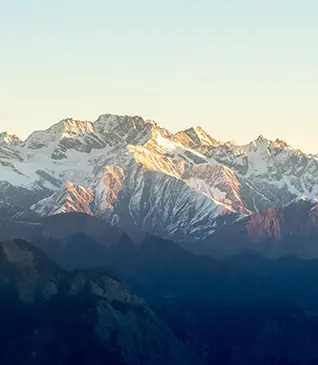
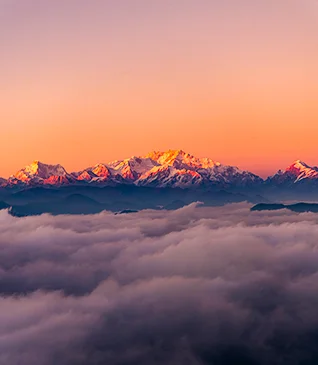
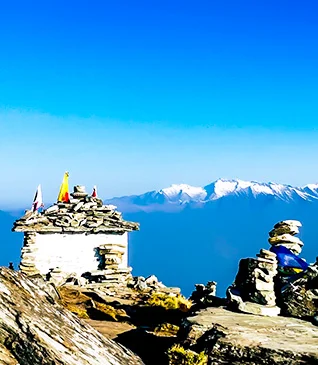
.webp)
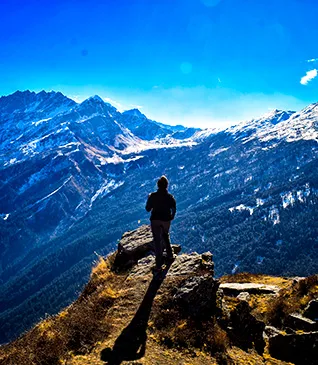
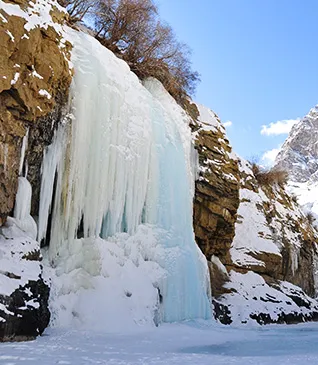
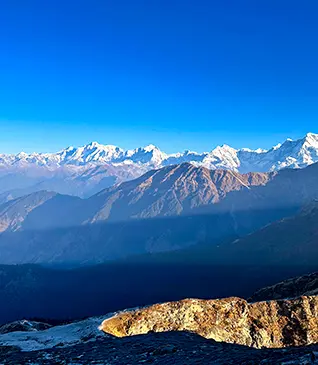
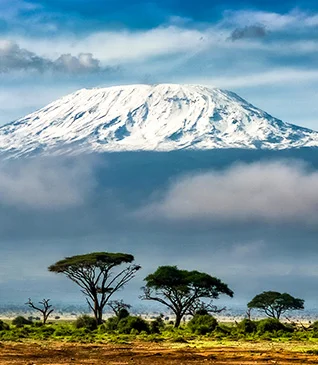
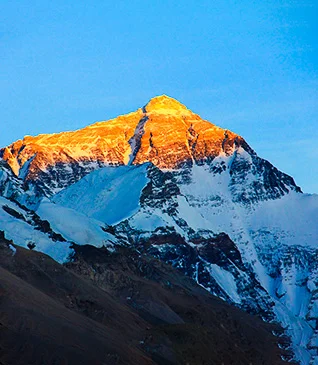
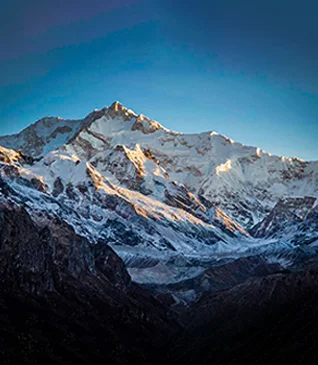
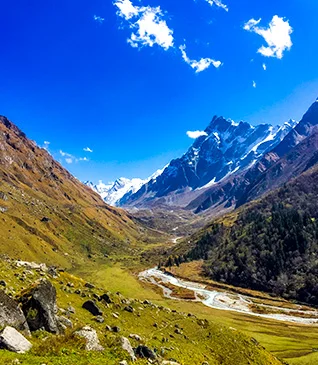

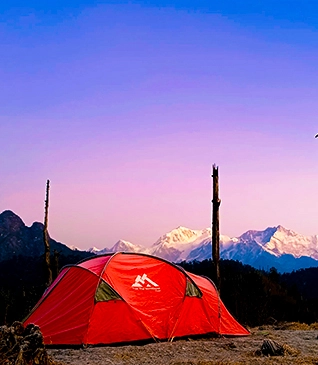
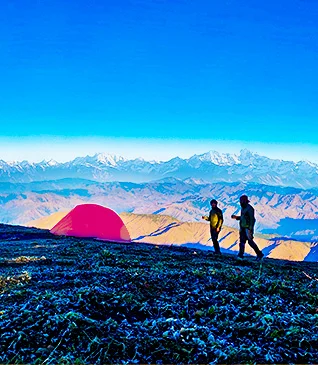
.webp)
